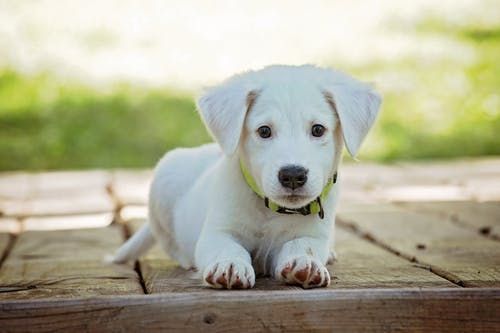
Oral Problems Seen Often in Senior Cats
Maintaining your cat’s oral health is not just about providing them with a beautiful appearance. It is vital to the overall health of your pet. Dental health issues in older cats can be a significant source of discomfort. But they may also signal the onset of myriad other ailments that affect the quality of life of your cat.
Since predators are natural, they are aware that those who are sick and weak will become their prey. Therefore, it is their nature to hide any indications of weakness. This trait makes it hard to recognize when your cat is ill.
Old Cats and Their Dental Issues
It is inevitable to age, but suffering and illness are not. Your aim as a cat owner should be to help your cat’s natural aging process and detect any issues earlier. In this manner, you can avoid life-threatening illnesses for your cat. As a cat’s owner, it is crucial to know about some of the most frequent dental health concerns in older cats.
1. Gingivitis
Gingivitis is one of the prevalent dental problems with cats; even though you think it is only an issue for humans, it may similarly impact your pet. The accumulation of plaque over time is the principal reason for gingivitis, primarily for older cats. Plaque bacteria migrate slowly to the gums and trigger an inflammation response from your cat’s immune system.
However, it’s vital to keep in mind that a variety of circumstances can cause gingivitis. The feline leukemia viruses and diabetes are two instances.
2. Periodontitis
Another common dental problem in senior cats is periodontitis, which develops from gingivitis. When plaque build-up occurs, it irritates the gums and bones that support your pet’s teeth. Dental loss can result in the absence of treatment.
The veterinarian will inspect your pet’s mouth and teeth as part of a comprehensive physical exam to detect signs of periodontitis. The x-rays produced by anesthesia are also used to examine the jawbone and the teeth’s supporting structures to determine the severity of bone damage.
3. Tooth Resorption
A staggering 75% of cats five years old or older suffer from tooth resorption, a painful dental condition. Dentin, the bony material that forms the bulk of the structure of teeth, is damaged and destroyed. Extreme pain and tooth loss could result from cats suffering from this.
At present, the root of dental resorption has yet to be discovered. Although various theories have been proposed to explain tooth loss, including an excess vitamin D level in cat foods, further research is needed to determine the exact cause of the painful condition.
4. Stomatitis
Stomatitis is the second most common oral condition in older cats. Chronic inflammation of the oral tissues in cats is the root cause of this ailment. Alongside the gums, the tissues surrounding the teeth and in the back of the mouth of cats may be affected by the disease. Chronic gingivostomatitis in cats is another name for the condition known as stomatitis.
We are still determining what causes the stomatitis that cats suffer from. There isn’t a definitive scientific explanation currently, but it could result from an immune response to feline calicivirus or another virus that affects the immune system.
5. Oral Tumors
Oral cancers rank fourth as the most frequently-spent cancer in cats and dogs. Unfortunately, the majority of the ones are cancerous. If your pet is diagnosed with Squamous-cell carcinoma, the most common type of tumor, you should act quickly to identify and treat it to ensure it has the highest likelihood of survival.
Several factors increase the risk of developing cancer in pets. However, cigarette smoke, flea collars, and some canned foods for cats have all been linked to an increased risk of squamous cell carcinoma. An Aurora vet surgeon can remove oral tumors and other malignant lumps.





